After a decade of service, the B-36 "Peacemaker" is one of the most extraordinary aircraft ever to fly.
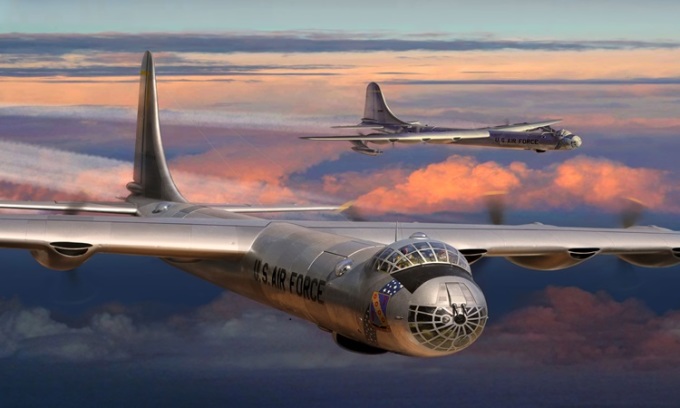
The B-36 "Peacemaker" was one of the largest bombers ever produced. Photo: Historynet
Developed between World War II and deployed in the early days of the Cold War, the B-36 was the largest piston-engined aircraft ever produced. Outclassed by the B-29 “Superfortress” and eventually replaced by the equally impressive B-52 “Stratofortress,” the “Peacemaker” was a short-lived bomber, according to Interesting Engineering .
Although the US never used the B-36 in air strikes, the aircraft was designed as an ultra-long-range strategic nuclear bomber. With a maximum payload of 39,600 kg, the B-36 had a range of 16,000 km without refueling.
In 1941, the US Army Air Corps requested a strategic bomber capable of flying intercontinental distances due to concerns about the reliability of overseas bases. In November 1941, aircraft manufacturer Consolidated Vultee, later renamed Convair, won the contract for the Model 36 design, beating out Boeing's Model 385. The aircraft had a wingspan of 70 m and was powered by six Pratt & Whitney R-4360 "XWasp" 28-cylinder radial piston engines. The aircraft had a fuselage length of 49 m and possessed four giant bomb bays.
The aircraft was also equipped with four General Electric J47 turbofan engines in the wingtip bays, a major innovation at the time. Thanks to this unique design, the aircraft could maintain a cruising speed of 370 km/h. The J47 engine cluster could increase the maximum speed to 700 km/h.
A total of 380 B-36s were produced. The last rolled off the assembly line in August 1954. The B-52 entered service a year later. After 10 years, the B-36 was officially retired in 1959, with only a few remaining as reconnaissance aircraft, while others were modified to launch and recover the RF-84F/K special reconnaissance aircraft.
Of the 380 B-36s produced, only four airframes survive today, located at the Castle Air Museum in Atwater, California, and the Strategic Air Command and Space Museum in Ashland, Nebraska. The last production B-36 is now in the collection of the Pima Air and Space Museum, adjacent to Davis-Monthan Air Force Base in Tucson, Arizona.
Convair also developed a civilian passenger version of the B-36, called the Convair Model 37. Pan American Airways initially ordered 15 of these aircraft, but due to high fuel costs and high oil consumption, the plan was deemed economically unfeasible. Lacking orders to start production, the project was terminated in 1949.
An Khang (According to Interesting Engineering )
Source link



![[Photo] Moment of love: Myanmar people are moved to thank Vietnamese soldiers](https://vstatic.vietnam.vn/vietnam/resource/IMAGE/2025/4/3/9b2e07196eb14aa5aacb1bc9e067ae6f)
![[Photo] Special relics at the Vietnam Military History Museum associated with the heroic April 30th](https://vstatic.vietnam.vn/vietnam/resource/IMAGE/2025/4/3/a49d65b17b804e398de42bc2caba8368)


![[Photo] General Secretary To Lam receives Japanese Ambassador to Vietnam Ito Naoki](https://vstatic.vietnam.vn/vietnam/resource/IMAGE/2025/4/3/3a5d233bc09d4928ac9bfed97674be98)
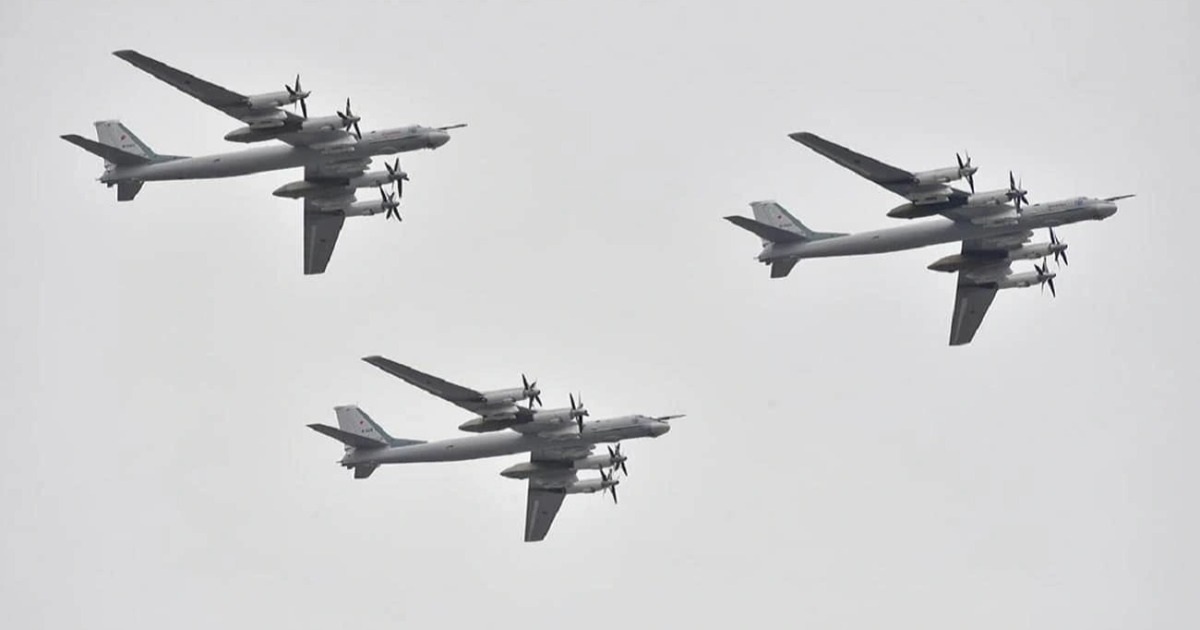

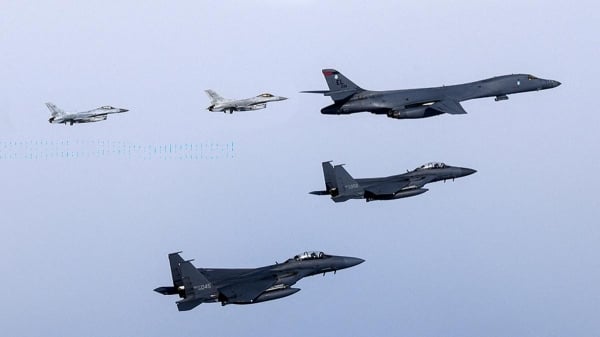

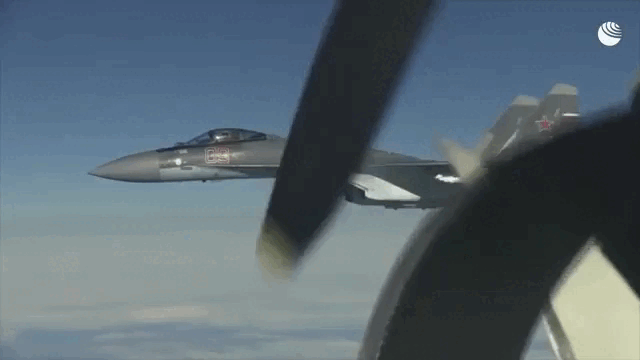




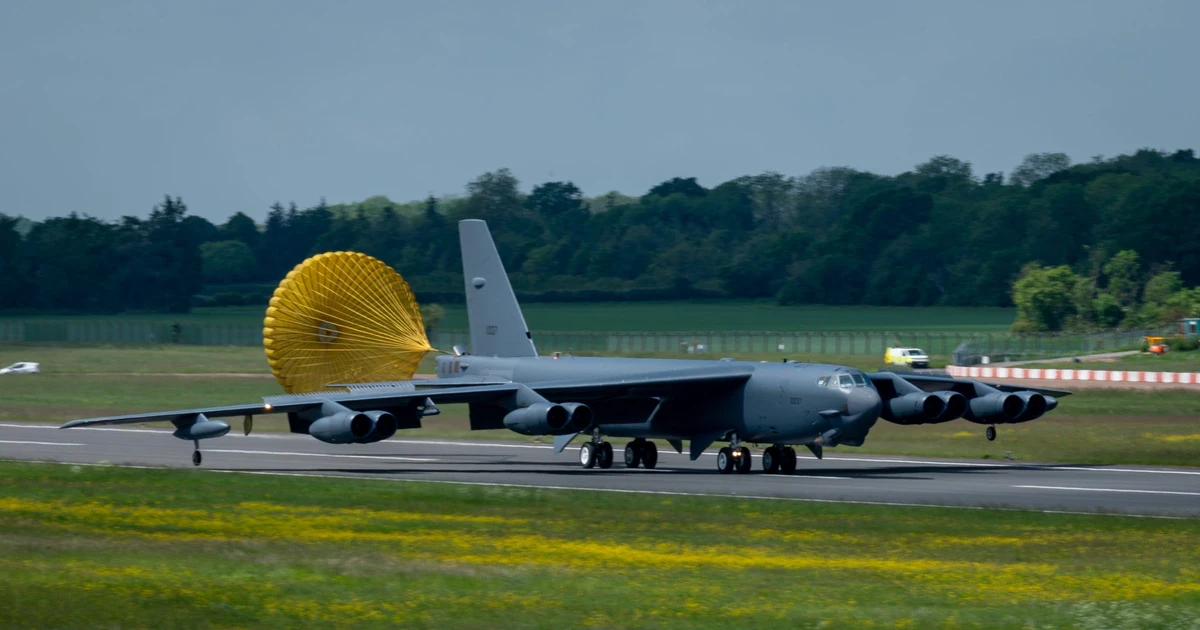



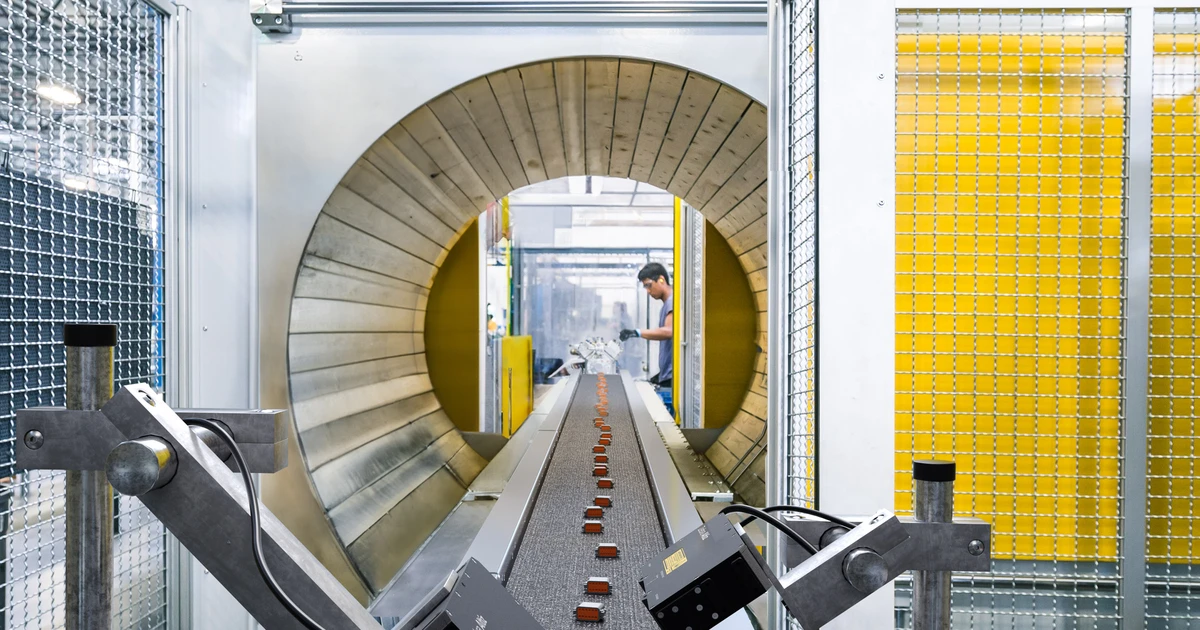


















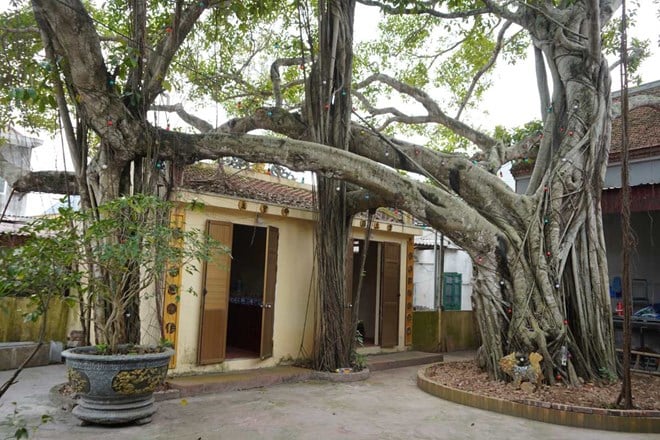





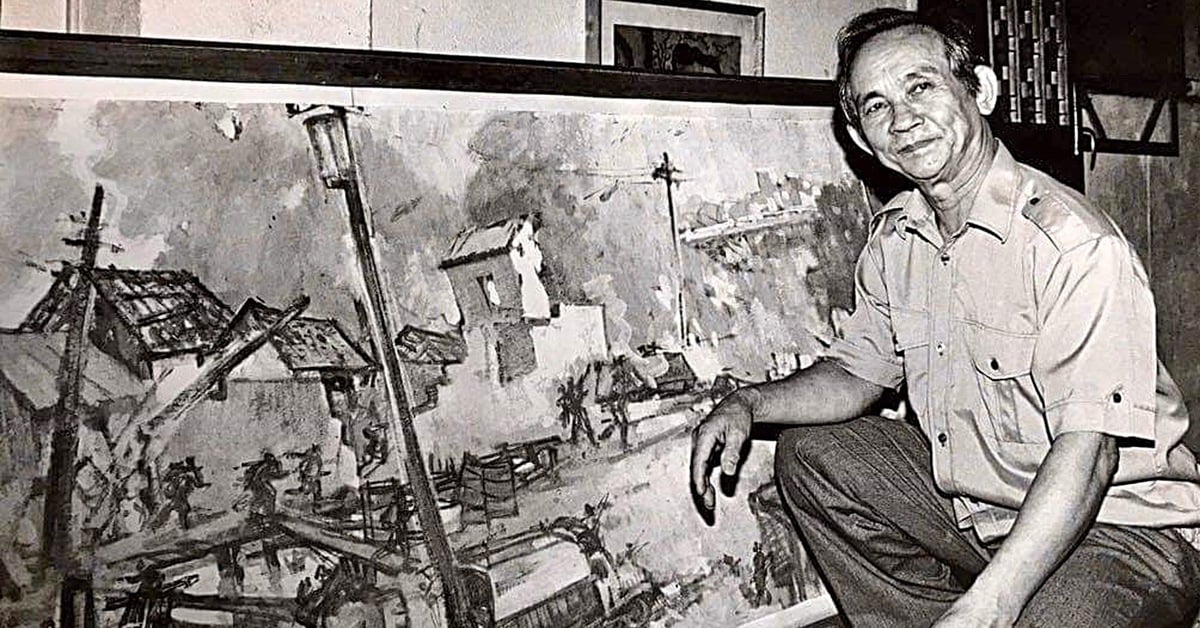

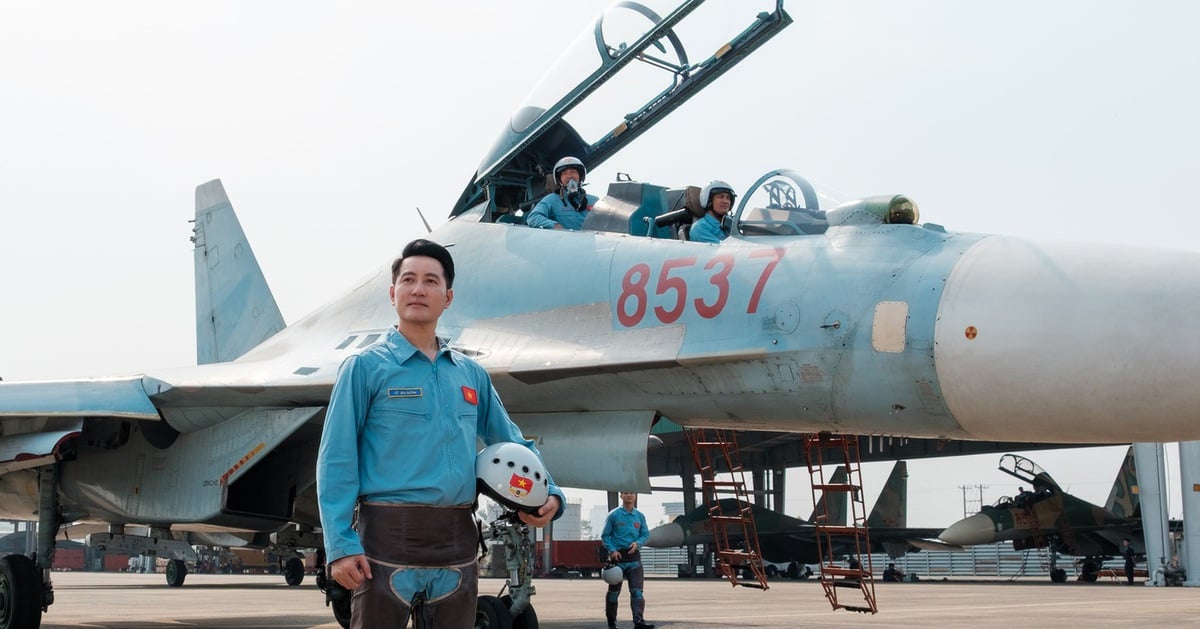
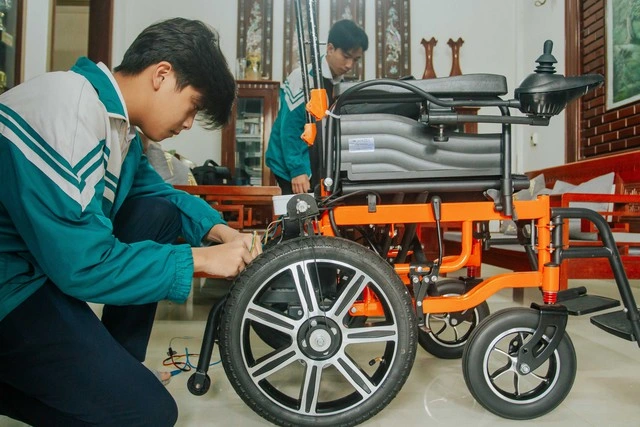














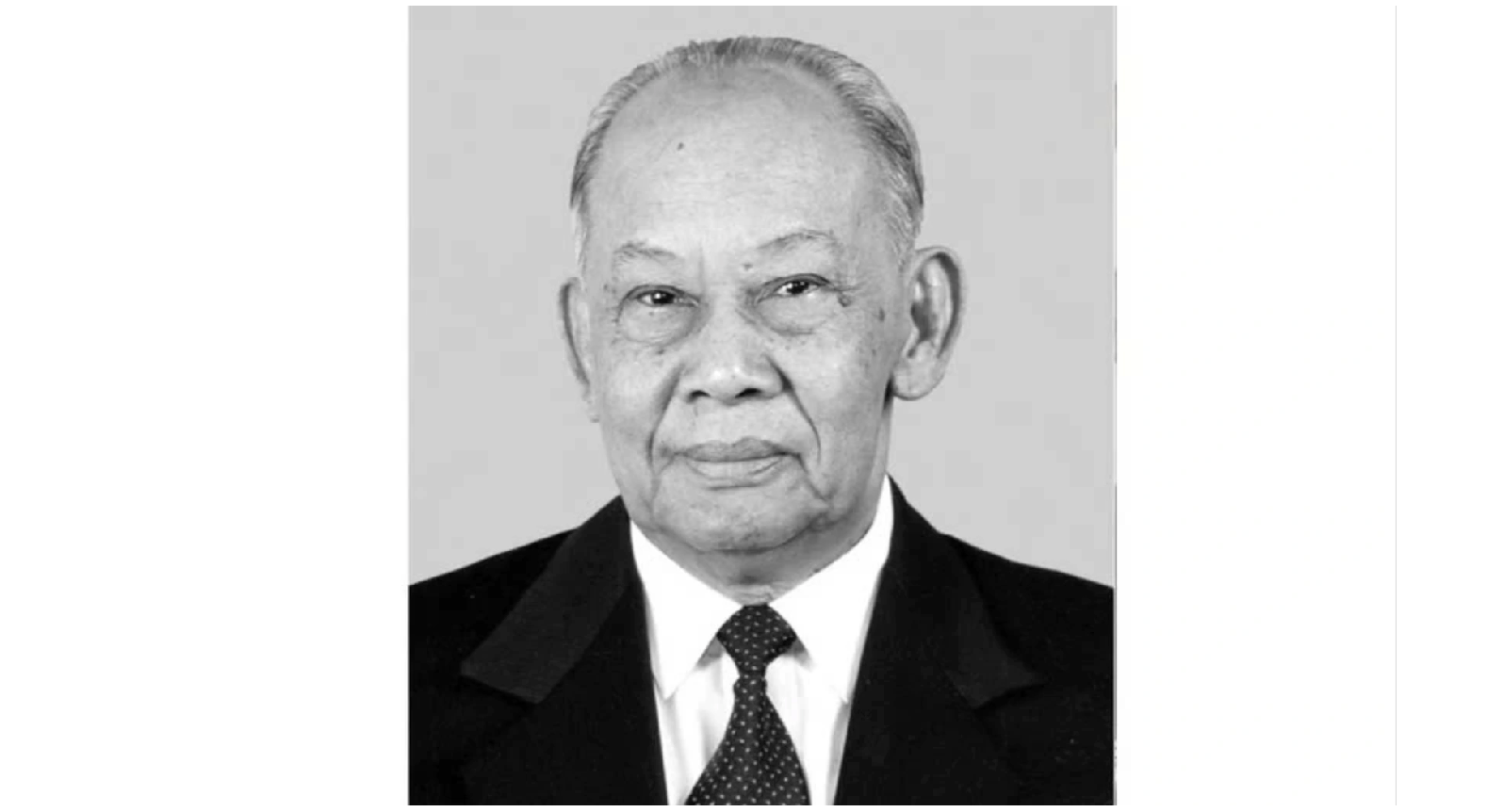











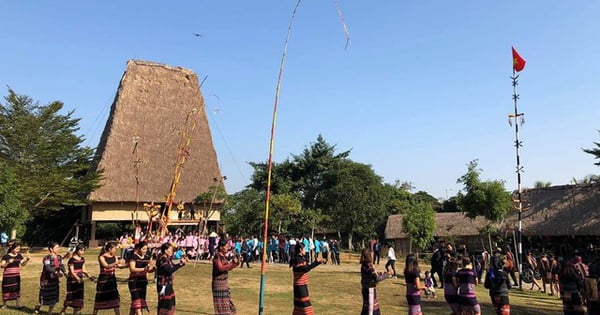
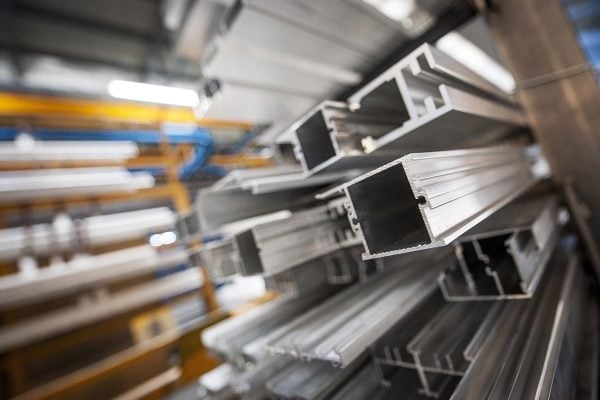




















Comment (0)